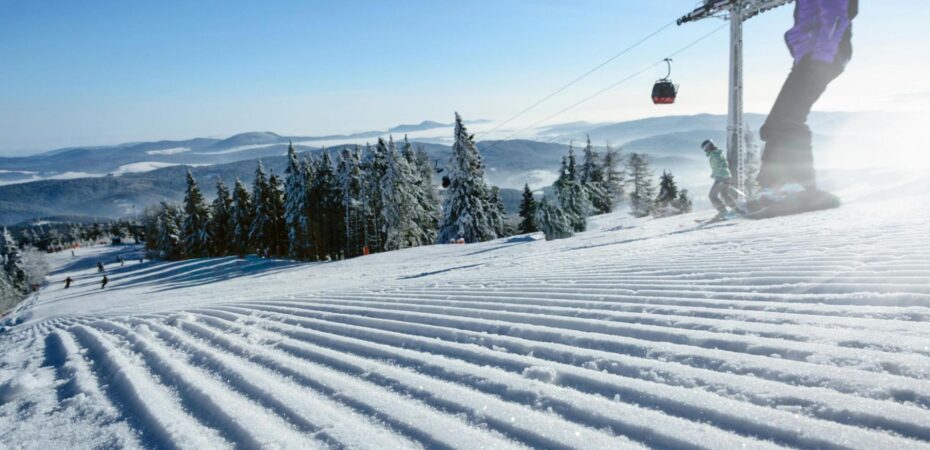If you’re dreaming of gliding gracefully down snowy slopes, you’re not alone. Skiing is a thrilling sport that offers an unbeatable combination of excitement, adventure, and natural beauty. For first-timers, though, the prospect of hitting the slopes can be a bit daunting. But don’t worry—this beginner’s guide will walk you through essential tips and tricks to make your first skiing experience enjoyable and memorable.
1. Choose the Right Gear
Before you even think about hitting the slopes, it’s crucial to have the right gear. Here’s what you’ll need:
- Ski Equipment: Most ski resorts offer rental options for skis, poles, and boots. Renting is a great choice for beginners since it allows you to try different types of equipment without a huge upfront investment. Ensure the skis are the correct length for your height and skiing ability.
- Clothing: Dress in layers. Start with a moisture-wicking base layer, add an insulating layer, and finish with a waterproof and windproof outer layer. Don’t forget a hat, gloves, and a neck gaiter or scarf.
- Helmet: Safety first! A well-fitting helmet is essential to protect your head from injuries.
- Goggles: Invest in a pair of good-quality ski goggles to protect your eyes from the sun and wind.
2. Take a Lesson
Even if you’re an experienced athlete in other sports, skiing is a different beast. Beginners will benefit immensely from a professional ski lesson. An instructor can teach you the basics of turning, stopping, and getting up when you fall. Plus, lessons are a great way to meet other beginners and share the experience.
3. Learn the Basics
Before you head to the slopes, familiarize yourself with basic skiing terminology and techniques:
- Pizza vs. French Fry: This is a common way to teach beginners how to control their speed. “Pizza” (forming a wedge with your skis) slows you down, while “French Fry” (skis parallel) lets you go faster.
- Getting Up: Falling is part of learning to ski. To get up, turn your skis perpendicular to the slope, push yourself up with your hands, and then place your skis back on the snow.
- Stopping: Practice making a wedge shape with your skis to come to a gradual stop.
4. Start on the Bunny Hill
Begin on a gentle slope known as the bunny hill. This area is designed for beginners and allows you to practice basic skills without the intimidation of steeper terrain.

Take your time and don’t rush the learning process.
5. Practice Falling and Getting Up
Falling is inevitable, but practicing how to fall safely and get up can make a big difference. Try to fall to the side rather than backward, and avoid putting your hands out to break your fall to prevent wrist injuries.
6. Know Your Limits
It’s easy to get excited and want to try the more challenging slopes, but it’s important to know your limits. Stick to easier runs until you’re comfortable with your skiing skills. Pushing yourself too hard can lead to accidents and injuries.
7. Stay Hydrated and Take Breaks
Skiing is physically demanding, and staying hydrated is crucial. Drink plenty of water throughout the day and take regular breaks to rest and refuel.

Skiing on an empty stomach or while dehydrated can lead to fatigue and decreased performance.
8. Respect Ski Resort Etiquette
Follow the rules of the ski resort and be courteous to others on the slopes. This includes yielding to those below you, not stopping in the middle of runs, and using the ski lift properly.
9. Have Fun!
Remember, skiing is meant to be fun and enjoyable. Don’t get discouraged if you don’t master it right away. The more you practice, the better you’ll get. Enjoy the stunning winter scenery and the exhilaration of gliding down the slopes.


 By
By 



